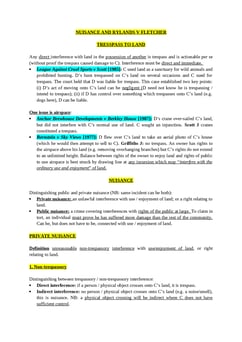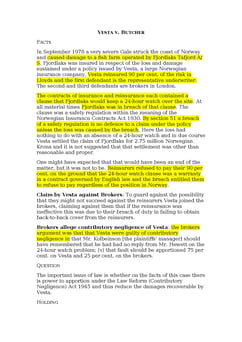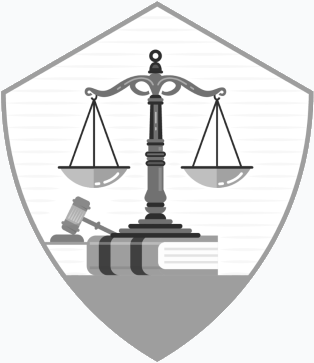Jones v Livox Quarries [1952] 2 QB 608
Judgement for the case Jones v Livox Quarries
Table Of Contents
KEY POINTS
A person is guilty of contributory negligence if he ought reasonably to have foreseen that, if he did not act as a reasonable, prudent man, he might be hurt himself: and in his reckonings he must take into account the possibility of others being careless. (Denning, LJ)
FACTS
The plaintiff, Mr. William Henry Jones, was employed by the defendants at their quarries, performing various labor-intensive tasks. During a lunch break at the quarry, Mr. Jones attempted to go to the canteen by hitching a ride on the back of a traxcavator, a type of construction machinery. Unfortunately, as the traxcavator made its way downhill, it either came to a stop or slowed down due to gear changes.
Simultaneously, the driver of a dumper, another type of construction vehicle, followed the traxcavator. The dumper was traveling at a higher speed than the traxcavator. Tragically, the dumper collided with the stationary or slow-moving traxcavator, trapping Mr. Jones's legs in the collision.
This terrible accident resulted in catastrophic injuries to Mr. Jones, necessitating the amputation of both his legs.
As a consequence of these severe injuries, Mr. Jones initiated a legal action against his employers, seeking damages on the grounds of negligence. He claimed that the accident and his resulting injuries were due to the negligence of his employers.
JUDGEMENT
Appeal dismissed.
COMMENTARY
While this case is specific to the facts and circumstances surrounding Mr. Jones's injuries at Livox Quarries, it contributes to the broader body of law regarding employer liability and negligence in the workplace. It serves as a precedent for future cases involving workplace accidents and the duty of care owed by employers to their employees.
ORIGINAL ANALYSIS
Plaintiff, a miner, was standing in a position where he had been ordered not to stand, and was injured when another miner negligently drove a vehicle into him.
Plaintiff sued Defendant, the mining company.
CA said that it was partly Plaintiff’s fault and partly Defendant’s fault, so that the damages Plaintiff could have got had he not been acting carelessly would be reduced under the 1945 Act.
Denning LJ
A person is guilty of contributory negligence if he ought reasonably to have foreseen that, if he did not act as a reasonable, prudent man, he might be hurt himself; and in his reckonings he must take into account the possibility of others being careless.
Once negligence is established, the share of the loss attributed to each party, however, does NOT depend on foreseeability, but on causation.
What faults were there which caused the damage?
Causation is a matter of common sense.
For Further Study on Jones v Livox Quarries

Tort Law notes fully updated for recent exams at Oxford and Cambridge. ...
Need instant answers? Our AI exam tutor is here to help.
Ask questions 🙋 Get answers 📔 It's simple 👁️👄👁️
Our AI is educated by the highest scoring students across all subjects and schools. Join hundreds of your peers today.
Get StartedSimilar Cases
Related Product Samples
These product samples contain the same concepts we cover in this case.
| Tort Law | Defences In Tort Notes (4 pages) |
| Commercial Remedies BCL | Jones V. Livox Quarries Notes (3 pages) |

 Since 2010, Oxbridge Notes has been a trusted education marketplace, supplying high-quality materials from top achievers at universities like Oxford, Cambridge, LSE, Harvard, and Yale.
Since 2010, Oxbridge Notes has been a trusted education marketplace, supplying high-quality materials from top achievers at universities like Oxford, Cambridge, LSE, Harvard, and Yale.